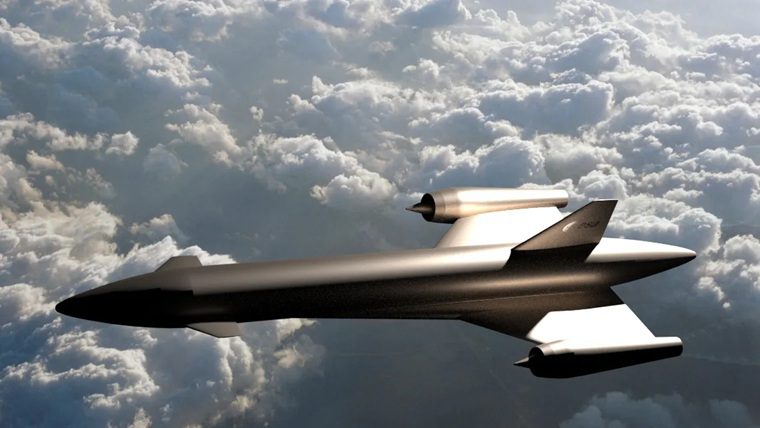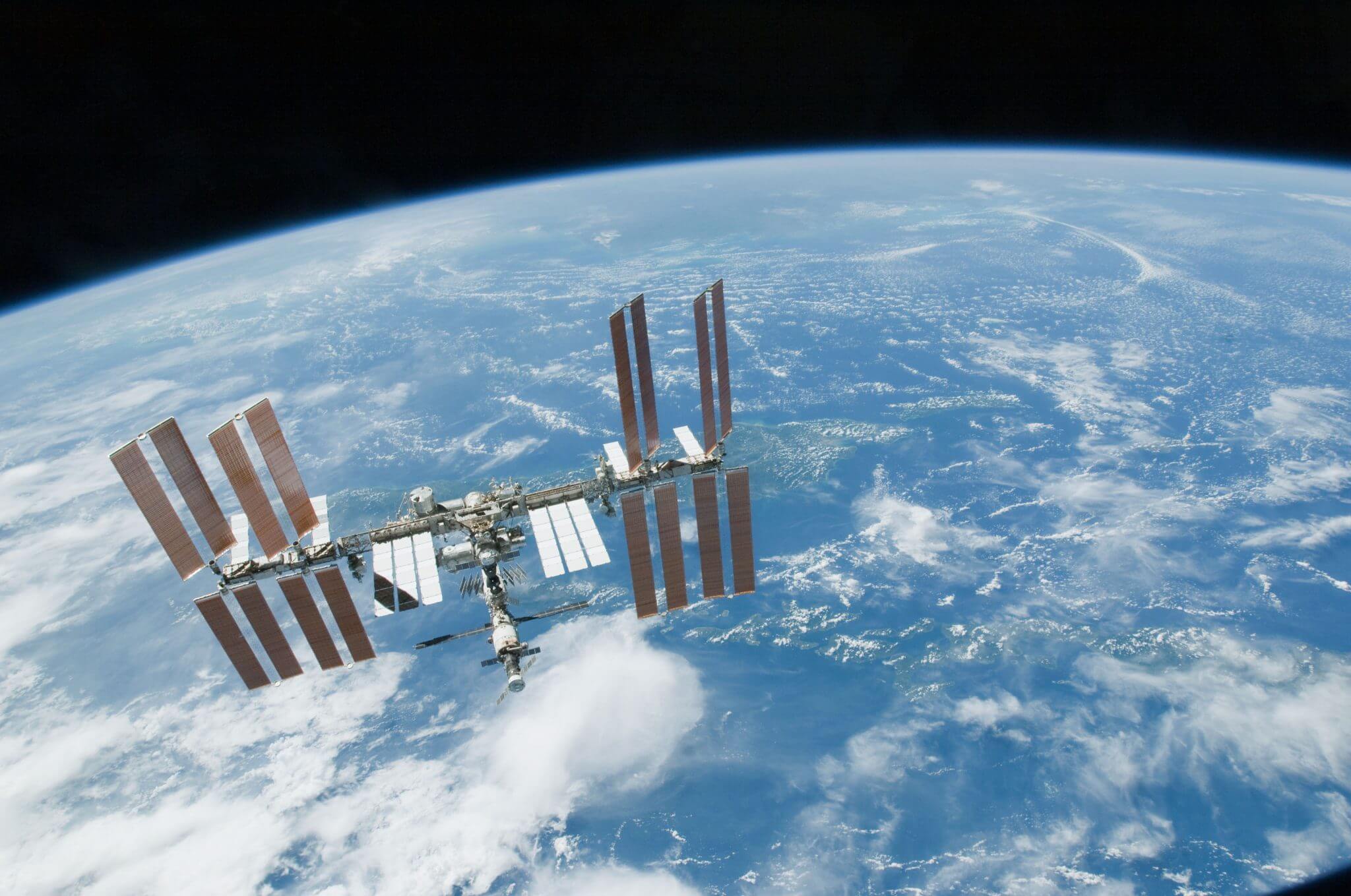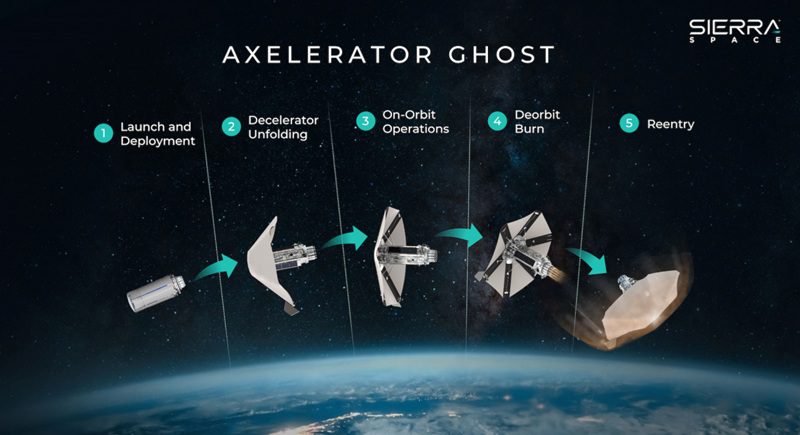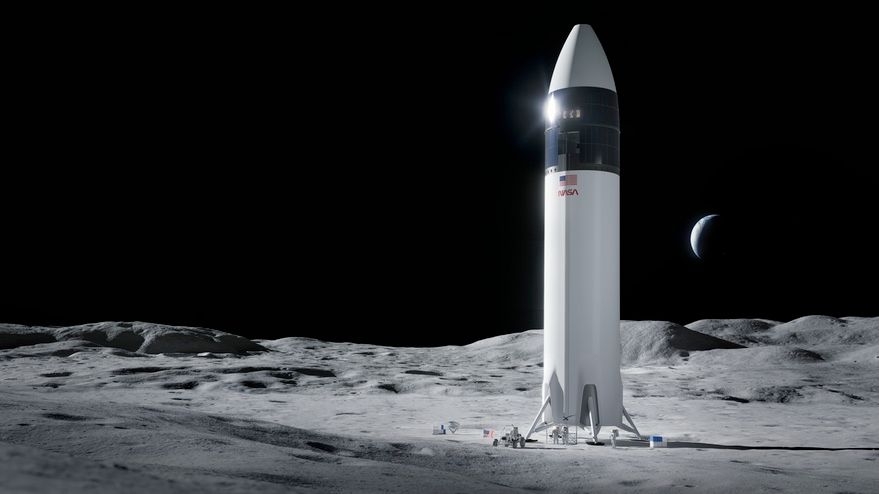During November, NASA selected Aerojet Rocketdyne of Sacramento, California, to restart production of the former Space Shuttle main engine – the RS-25D – in its new RS-25E expendable guise engine for the administration’s heavy lift rocket, Space Launch System (SLS). SLS will use four RS-25E engines to carry the agency’s Orion spacecraft and launch explorers on deep space missions initially to lunar orbit and to lift elements of an eventual manned mission to Mars into orbit.
Part of NASA’s strategy to minimize costs of developing the SLS rocket was to leverage the assets, capabilities, and experience of the Space Shuttle Program, so the first four missions will be flown using 16 existing RS-25D version shuttle engines that have been upgraded.
Under the US$1.16 billion contract, Aerojet Rocketdyne will modernize the space shuttle heritage engine to make it more affordable and expendable for SLS. The contract runs November 2015 until the end of September 2024.
The new RS-25E engine developed under this contract will have fewer parts and welds and will be certified to a higher operational thrust level. The new engine benefits from improvements in materials and manufacturing techniques such as five-axis milling machines, 3-D manufacturing and digital X-rays.
The contract restarts the firm’s production capability including furnishing the necessary management, labour, facilities, tools, equipment and materials required for this effort, implementing modern fabrication processes and affordability improvements, and producing hardware required for development and certification testing.
The contract also allows for a potential future modification that would enable NASA to order six flight engines.
NASA’s Marshall Space Flight Center in Huntsville, Alabama, manages the SLS Program for the agency. Engine testing will be performed at NASA’s Stennis Space Center in Mississippi and the SLS will launch from NASA’s Kennedy Space Center in Florida.








